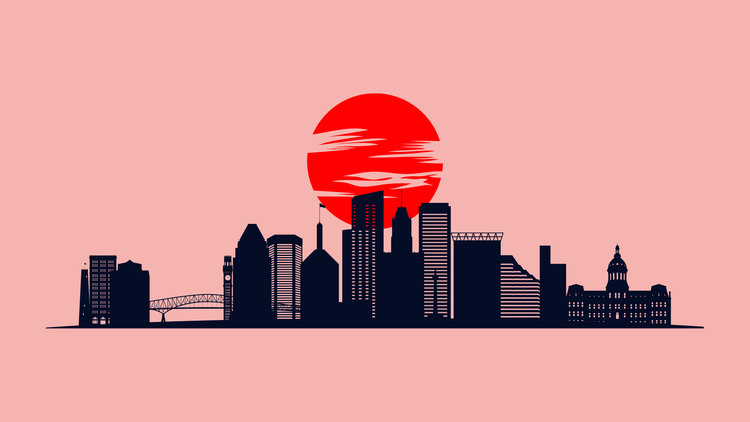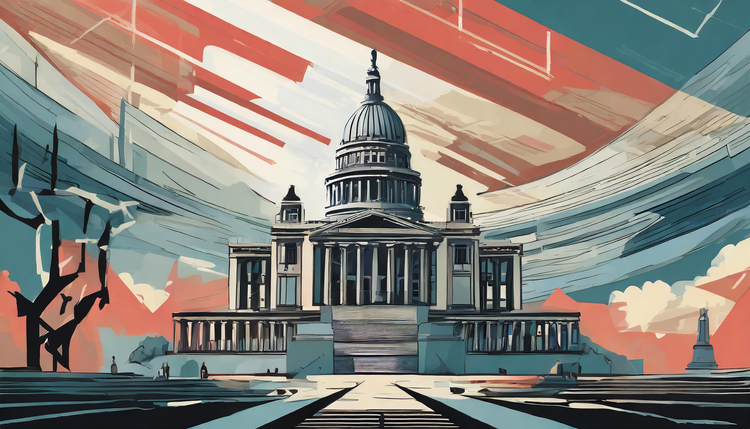How Climate Change Leads to War
Many years ago, I had a conversation with a friend about the unfolding crisis in Darfur. At the time, if you believed American news, Darfur was a conflict driven by religion — Muslims against non-Muslims.
But my friend had another take: Darfur was primarily about water, not religion.
He may have been right. A 2016 study details empirical linkages between climate change and conflict:
Our analysis also reveals that, during the period in question, about 23% of conflict outbreaks in ethnically highly fractionalized countries robustly coincide with climatic calamities.
The conditions that lead to war are complicated and multi-faceted: economic, religious, political, criminal, and social .
Now we can add climate to the list of causes. In fact, climate change exasperates all the other causes.
Threat Multiplier
The phrase “threat multiplier” is one that has lived in military-speak for many years. It describes a risk that’s likely to beget other future risks, and was included in the Pentagon’s 2014 Quadrennial Defense Review as a description of climate change risk:
These effects are threat multipliers that will aggravate stressors abroad such as poverty, environmental degradation, political instability, and social tensions – conditions that can enable terrorist activity and other forms of violence.
Since 2014, military leaders have sharply escalated the risk of climate change. A new DoD report made a most dire prediction:
Americans could face a horrifically grim future from climate change involving blackouts, disease, thirst, starvation and war. The study found that the US military itself might also collapse.
The world is getting warmer – or, more precisely, burning.
Ungoverned areas, those ripe for conflict, are expanding. Extremist thinking is reaching large online audiences, radicalizing young men all over the globe. Those in water-starved, economically-limited areas are particularly vulnerable.
To the casual observer, this feels like a constellation of climate-conflict.
As I've explored at length, climate change is particularly knotty because it touches a range of challenges – urbanization, conflict, migration, public budgets, political calculations – that are strange bedfellows.
The horrifying roadshow is coming to a city near you.





